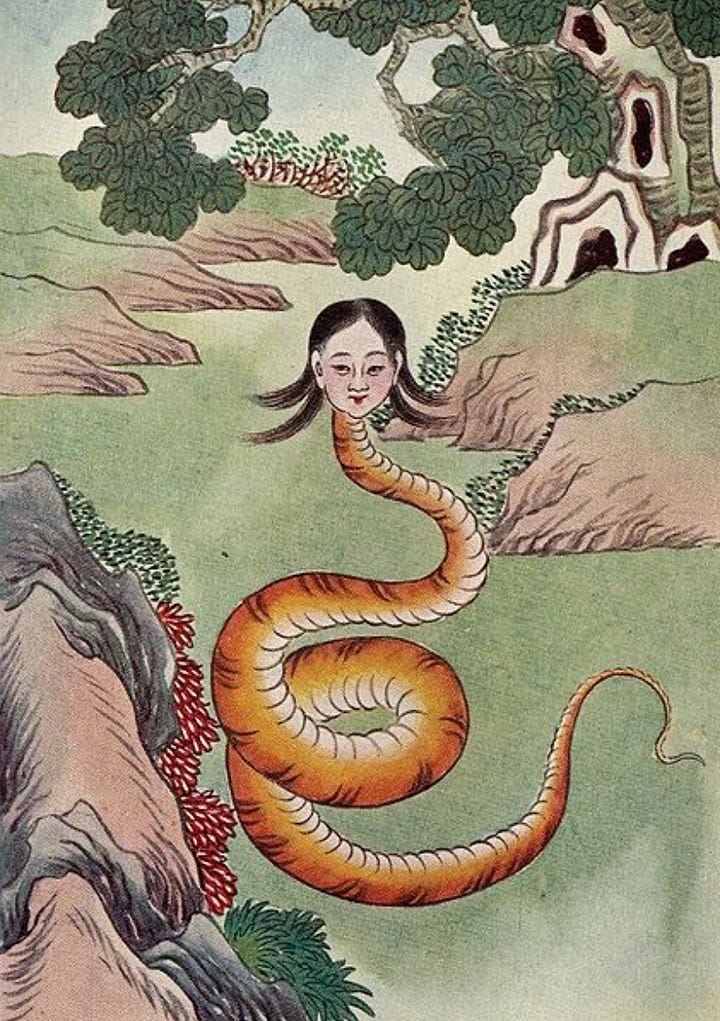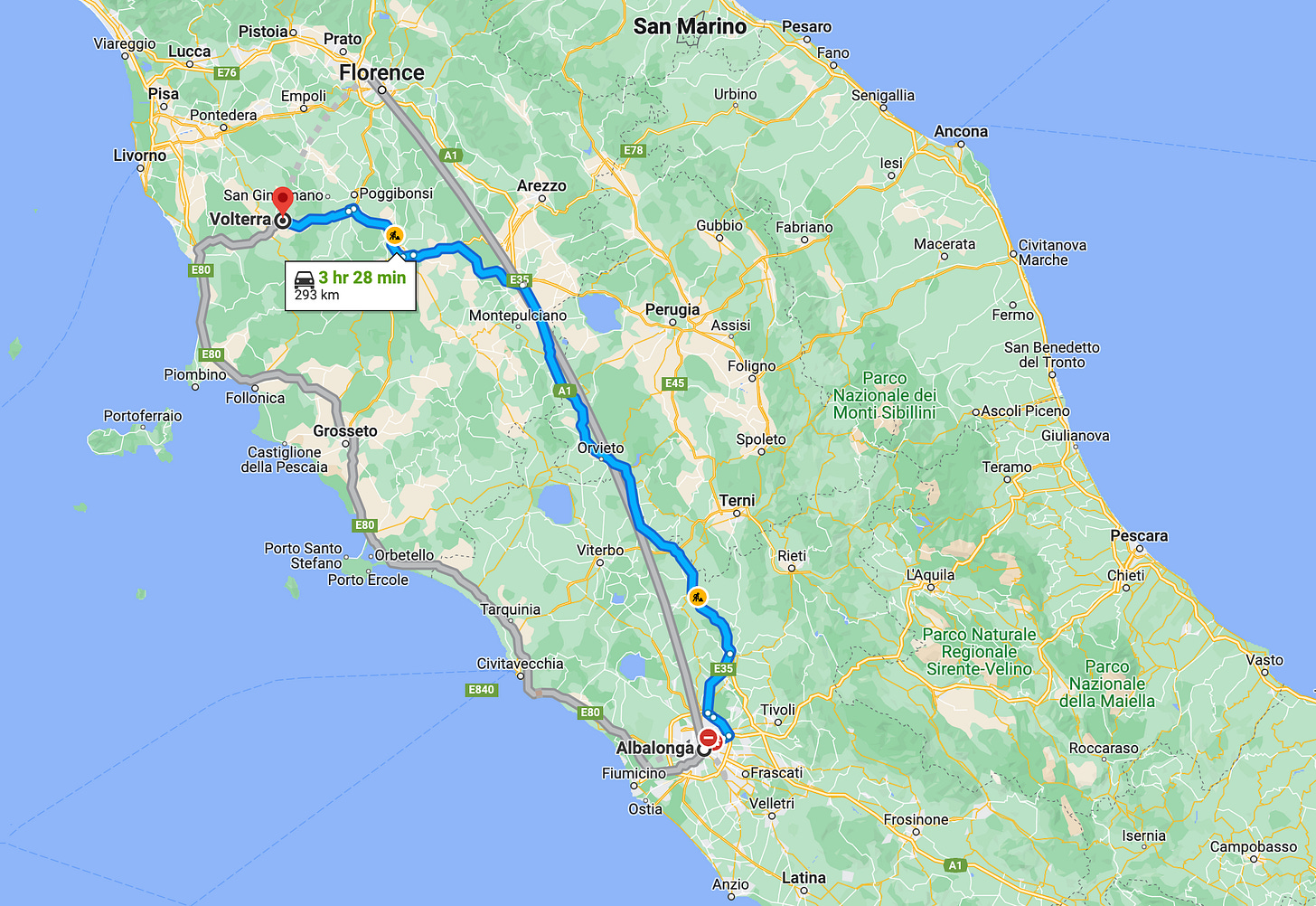The above is claimed to be Triton (a Greek archetype) on a funerary urn found in Volaterrae, from the 2nd century BCE. However, Triton is not usually depicted with wings on artifacts, and this being looks like it has female breasts, the details of which have faded over time. If that is the case, then I suspect this is an Etruscan version of Echidna. Grant wrote (The Etruscans, p. 196), “In 205 BC we find Volaterrae providing ships’ rigging, as well as grain, to the Roman fleet—a contribution indicative of a nautical role, which presumably existed earlier as well. The prominence of the theme of Odysseus (the Etruscan Uturze (Uthurze) and Roman Ulysses) and the sirens among the mythological reliefs on its funerary urns is equally suggestive of a maritime tradition.”

Little is known about the people of an area that was heavily involved in a nautical, maritime capacity of an empire. Could it be because they were Phoenicians? Those who spent their lives taking to the high seas are not likely to leave much behind on land. Furthermore, if the following symbolism in Italy and Asia is diffusion, how else could it have spread?
This could be a form of diffusion regarding Nüwa, also read Nügua, which, according to Wiki, is a mother goddess, culture hero, and/or member of the Three Sovereigns of Chinese mythology. She is a god in Chinese folk religion and Taoism. She is credited with creating humanity and repairing the Pillar of Heaven. This name is philologically Negau, so I wonder if there is a connection to the Negau armor and inscriptions that are found in Slovenia but are of Etruscan origin.
It could also be connected to the Nagas. According to Wiki, the Nagas (Sanskrit: नाग, romanized: Nāga) are a divine, or semi-divine, race of half-human, half-serpent beings that reside in the netherworld (Patala), and can occasionally take human or part-human form, or are so depicted in art. A female naga is called a Nagi, or a Nagini.




According to Grant (Ib, p. 195), the leading family of Volaterrae for most of its history was the Ceicna (Caecina) clan, which owned extensive lands, including clay-pits, kilns, and salt-pans. They named the adjoining river or took their name from it. “Four tombs inscribed with their names have come to light at Volaterrae, one containing no less than forty cremation urns.”
The estuary of the Cecina river had a Roman port three miles north of it called Vada Volaterrana. If I had to guess, I imagine this would’ve been the Etrusco-Phoenician port used by the locals, which the Romans simply took over as the tides of Empire turned. R and N interchange, as seen in ben (bn; בן) and bar (br; בר), both meaning son. The Ceicna clan is philologically identical to the Caesar/Kaisar clan (S and C interchange in ancient Greek and Coptic). This could be the origin of the Caesar branch of the Julia tribe rather than the astrotheology of the Julii being descended from the son of Aeneas, who was the son of Venus. Volaterrana is a little over 300 miles north.






If you’re unfamiliar with my work, you’ll want to dive into The Holy Sailors (click the image) to be brought up to speed on who I demonstrate the Etrusco-Phoenicians are.
Become a member to access the rest of this article.
Keep reading with a 7-day free trial
Subscribe to Ancient History, Mythology, & Epic Fantasy to keep reading this post and get 7 days of free access to the full post archives.







